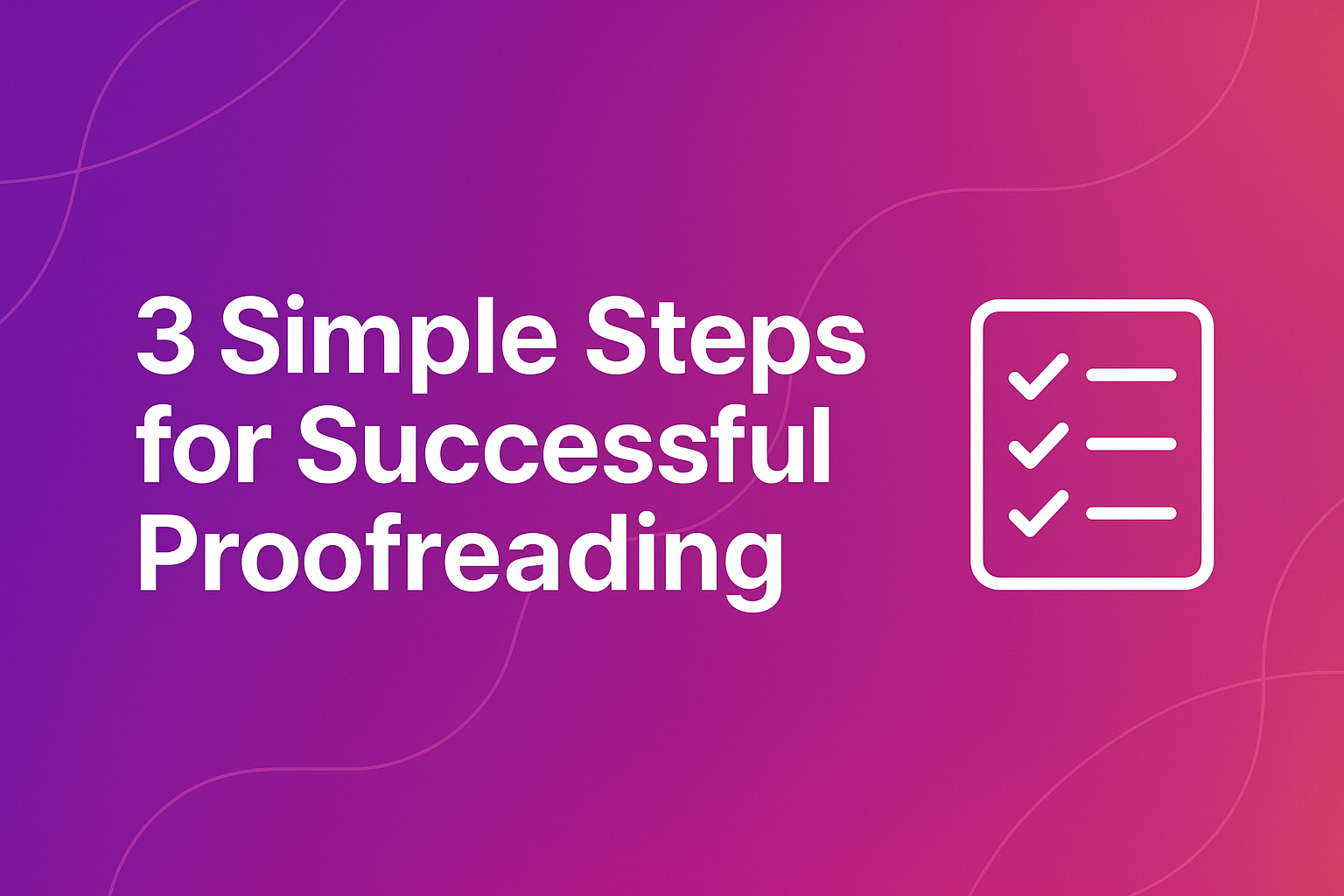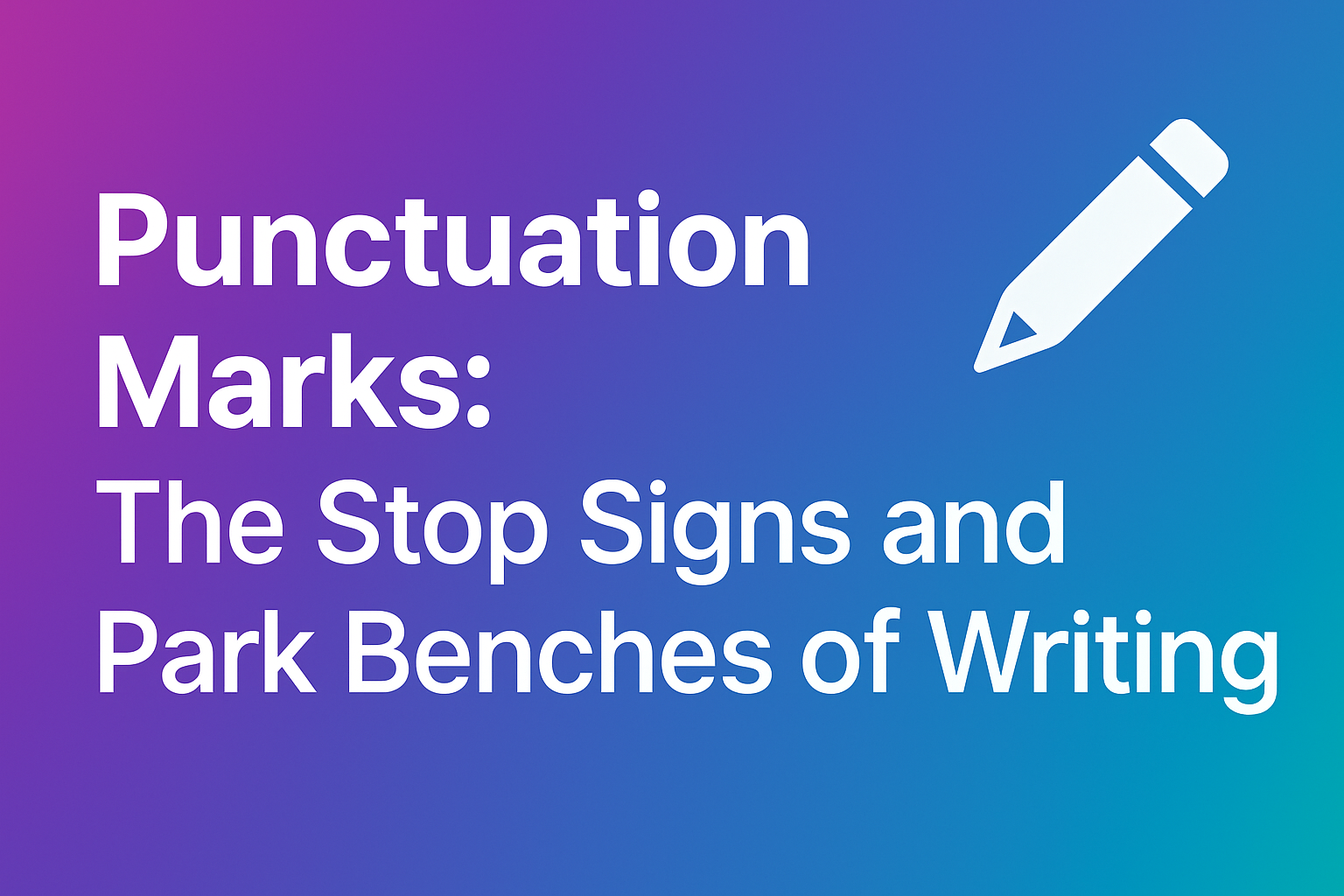
How to Cite Sources Like a Pro: A Comprehensive Guide
Master the art of citing sources with this comprehensive guide covering various citation styles, common mistakes to avoid, and best practices for academic and professional writing.
Read articleCheck your papers for plagiarism with our advanced AI tools


Proofreading is the final critical step in the content creation process, yet it's often rushed or overlooked entirely. Even the most talented authors produce work with errors in their first drafts—typos, grammatical mistakes, awkward phrasing, and inconsistencies are inevitable parts of composition. Effective proofreading is what transforms a rough draft into polished, professional material.
This guide outlines a straightforward three-step approach to proofreading that will dramatically improve the quality of your documents, whether you're working on academic papers, business communications, creative compositions, or digital content.
The first step in effective proofreading happens before you actually begin reviewing your text. This preparation phase is crucial for success.
Your brain naturally fills in gaps and overlooks errors in your own text because you know what you intended to say. Creating distance helps you see what's actually on the page rather than what you think is there.
Techniques for creating distance:
Your physical environment significantly impacts your proofreading effectiveness:
Your mental state matters:
The most effective proofreading happens in multiple passes, each with a specific focus. This systematic approach prevents cognitive overload and ensures nothing gets missed.
In this first pass, focus on the big picture:
This isn't the time to worry about grammar or spelling—focus solely on whether your content achieves its purpose.
Now zoom in one level:
In this pass, focus on language precision:
The final pass focuses on surface-level details:
Depending on your document type, consider additional specialized passes:
The third step involves leveraging specific tools and techniques to catch errors your eyes might miss.
Modern technology offers valuable assistance:
Complement digital tools with these proven manual methods:
Read your text backward—sentence by sentence, not word by word. This disrupts context and helps you focus on individual sentences rather than getting caught up in the flow of ideas.
Example process:
This technique is particularly effective for catching spelling errors and typos.
Place a ruler or straight edge under each line as you read. This isolates the current line and prevents your eyes from jumping ahead, forcing methodical review.
For important documents, print a copy and mark corrections with a colored pen or pencil. Many people catch errors on paper that they miss on screen.
Reading your text aloud engages multiple senses and often reveals issues with flow, awkward phrasing, and missing words. For even better results:
When possible, exchange proofreading with a colleague or friend. Fresh eyes will catch errors you've become blind to in your own work.
Create a personalized proofreading checklist based on your common error patterns. For example:
Over time, expand your checklist to include any recurring issues you notice in your texts.
Challenge: Tight deadlines leave little time for thorough proofreading.
Solutions:
Challenge: You're too close to your own work to see errors.
Solutions:
Challenge: Online proofreading invites multitasking and interruptions.
Solutions:
Challenge: Maintaining consistent style throughout a document.
Solutions:
Successful proofreading isn't just about following steps—it's about cultivating the right mindset:
Patience: Effective proofreading can't be rushed. Give yourself permission to take the time needed.
Attention to detail: Train yourself to notice small details by practicing focused observation in other areas of life.
Objectivity: Approach your text as a reader would, not as the author.
Continuous improvement: Note your common errors and actively work to eliminate them in future documents.
By implementing these three simple steps—preparing properly, conducting multiple focused passes, and using tools and techniques strategically—you'll dramatically improve your proofreading effectiveness. The result will be clearer, more professional content that effectively communicates your ideas without the distractions of errors and inconsistencies.
Remember that even professional editors and proofreaders don't catch every error in a single review. The goal is substantial improvement, not perfection. With practice, your proofreading skills will continue to develop, and you'll become more efficient at producing polished, error-free material.

Master the art of citing sources with this comprehensive guide covering various citation styles, common mistakes to avoid, and best practices for academic and professional writing.
Read article
Discover how proper punctuation serves as the essential traffic signals of written communication, guiding readers through your ideas with clarity and precision.
Read article
Discover why relying solely on spell checkers can be dangerous for your writing, and learn strategies to catch the errors these tools consistently miss.
Read article